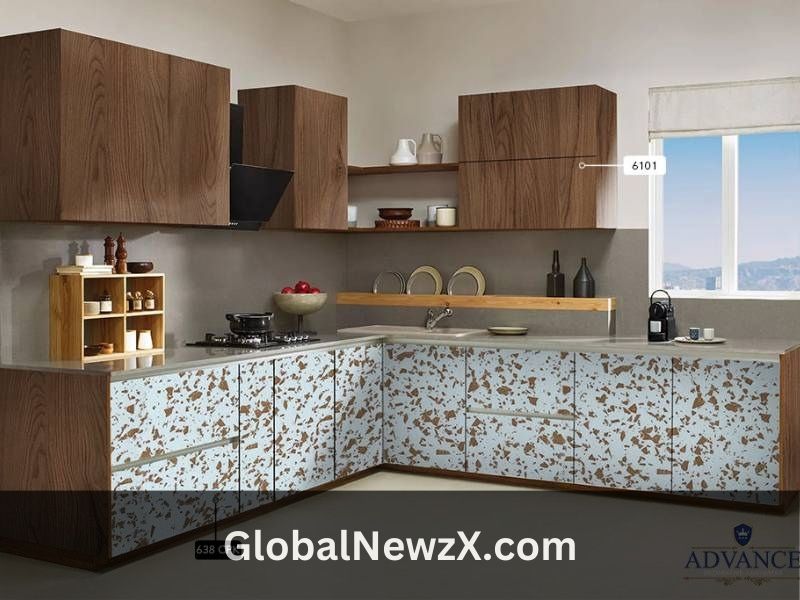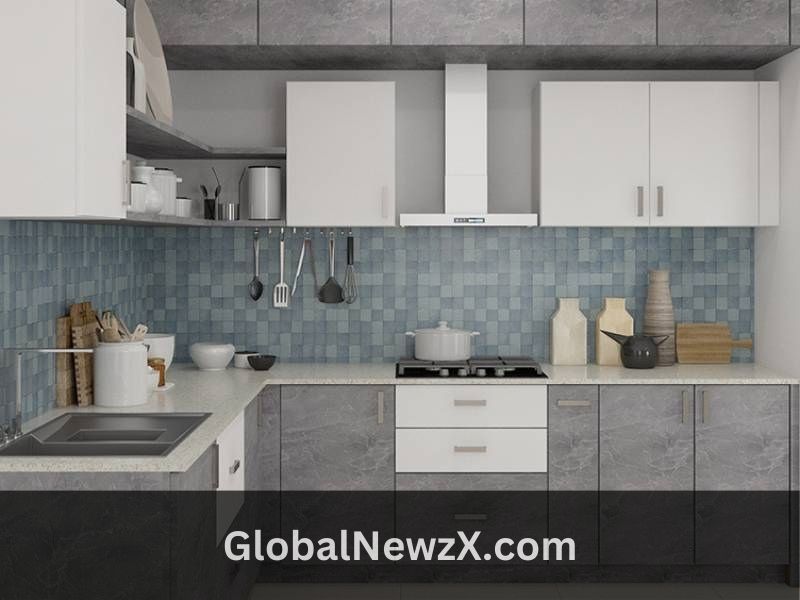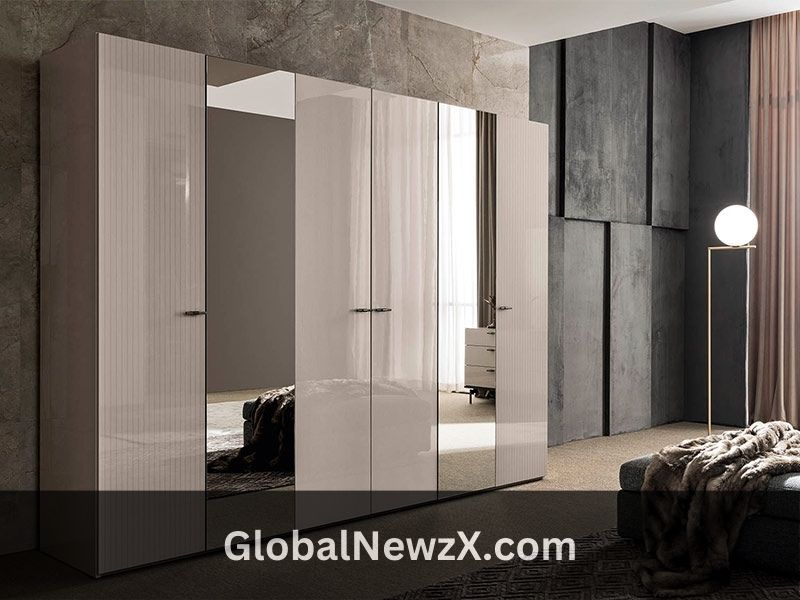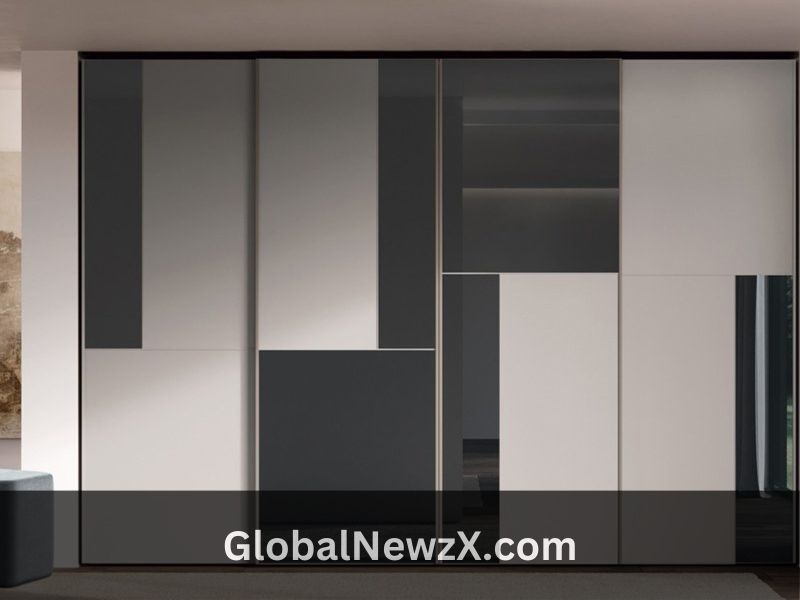Sunmica, also known as laminate or decorative laminate, is a popular material used in interior design and furniture manufacturing. With its wide range of colors, textures, and patterns, sunmica has become an integral part of modern decor, adding both aesthetics and functionality to spaces. In this comprehensive article, we delve into the world of sunmica, its origins, manufacturing process, applications, benefits, and tips to make the most of this versatile material. As a leading authority on the subject, we present you with all the essential knowledge you need to know about sunmica.
What is Sunmica?
Sunmica is a brand of laminated sheets, but over time, the term has become synonymous with decorative laminates in general. The material consists of multiple layers of kraft paper impregnated with phenolic resins and a decorative layer on top, which is coated with melamine. This composition undergoes high-pressure lamination, resulting in a robust and visually appealing sheet.
The History of Sunmica
The history of sunmica traces back to the early 20th century when it was first developed by Westinghouse Electric Corporation. Initially used for electrical insulation, its aesthetic appeal soon led to its application in the interior design industry. Over the years, technological advancements have improved the manufacturing process, giving rise to an array of patterns and textures that suit various design preferences.
Manufacturing Process
The manufacturing process of sunmica involves precision and expertise. It begins with the impregnation of kraft paper with phenolic resins, providing the core strength to the laminate. Next comes the decorative layer, which can mimic the appearance of wood, stone, fabric, or other materials. This decorative paper is treated with melamine to enhance its durability and visual appeal.
The layers are then stacked together and placed in a press under high pressure and temperature. The intense compression fuses the layers and creates a strong bond, resulting in the final sunmica sheet. The sheets are then cut into various sizes and distributed for use in diverse applications.
Applications of Sunmica
Sunmica finds widespread use in both residential and commercial settings due to its versatility and durability. Some common applications include:
- Furniture
Sunmica is extensively used for manufacturing furniture items such as cabinets, tables, wardrobes, and countertops. Its wide range of colors and textures allows designers to create bespoke pieces that complement any interior style.
- Wall Cladding
Wall cladding with sunmica is an excellent way to add character and elegance to interior spaces. The material’s resistance to scratches and abrasion ensures a long-lasting, visually stunning finish.
- Interior Doors
Sunmica-clad doors offer a cost-effective solution for enhancing the aesthetics of rooms. They are available in an array of designs, from classic to contemporary, catering to different design preferences.
- Retail and Commercial Spaces
In commercial settings such as retail stores and offices, sunmica is a popular choice for enhancing brand image and creating an inviting ambiance.
Advantages of Using Sunmica
Sunmica offers numerous advantages, making it a preferred choice for interior designers and homeowners alike:
- Aesthetics
One of the primary reasons for sunmica’s popularity is its wide range of colors, patterns, and textures, allowing for unlimited design possibilities.
- Durability
Sunmica is highly durable and can withstand daily wear and tear, making it suitable for high-traffic areas.
- Low Maintenance
The smooth and non-porous surface of sunmica makes it easy to clean and maintain, saving both time and effort.
- Cost-effective
Compared to natural materials like wood and stone, sunmica is a cost-effective option without compromising on aesthetics.
- Resistance to Moisture and Heat
Sunmica’s resistance to moisture and heat makes it ideal for application in kitchens and bathrooms.
- Eco-friendly Options
With increasing environmental awareness, eco-friendly sunmica variants are available, contributing to sustainable design practices.
Tips to Make the Most of Sunmica
Here are some tips to help you utilize sunmica to its fullest potential:
- Choose the Right Design
Select a sunmica design that complements the overall theme of your space. Consider factors like color schemes, existing decor, and the atmosphere you wish to create.
- Combine Textures and Colors
Experiment with combining different textures and colors of sunmica to add visual interest and depth to your furniture and interiors.
- Pay Attention to Finishing
Ensure that the edges and corners of the sunmica sheets are appropriately finished to achieve a polished and professional look.
- Regular Cleaning and Maintenance
To prolong the life of sunmica surfaces, clean them regularly with a mild detergent and avoid using abrasive cleaners.
Conclusion
Sunmica has revolutionized the world of interior design with its unparalleled versatility and aesthetic appeal. From furniture manufacturing to wall cladding, its applications are vast, and the advantages it offers are numerous. By understanding the manufacturing process, applications, and benefits of sunmica, you can make well-informed decisions to elevate your living or working spaces.
FAQs about Sunmica:
Q: What’s the Difference Between Sunmica and Veneer?
A: While both Sunmica and veneer are used for decorative purposes, Sunmica is a synthetic laminate, while veneer is made from real wood. Sunmica offers a wider range of designs and is more cost-effective, whereas veneer provides a natural and luxurious appearance.
Q: Can Sunmica be Used Outdoors?
A: Sunmica is not recommended for outdoor use, as it is not specifically designed to withstand exposure to weather elements. It is best suited for indoor applications.
Q: Is Sunmica Scratch-Resistant?
A: While Sunmica is durable, it is not entirely scratch-proof. Using protective pads and avoiding sharp objects can help prevent scratches.
Q: Can I Install Sunmica on My Own?
A: While it’s possible to install Sunmica yourself, it is recommended to seek professional installation to ensure a flawless finish and avoid any potential mistakes.
Q: How Can I Remove Stains from Sunmica?
A: To remove stains, gently clean the affected area with a soft cloth soaked in a mixture of water and mild detergent. Avoid using abrasive cleaners.
Q: Can Sunmica Be Used for Vertical Surfaces?
A: Yes, Sunmica can be used on vertical surfaces like wardrobes, cabinets, and doors, as well as on horizontal surfaces.









